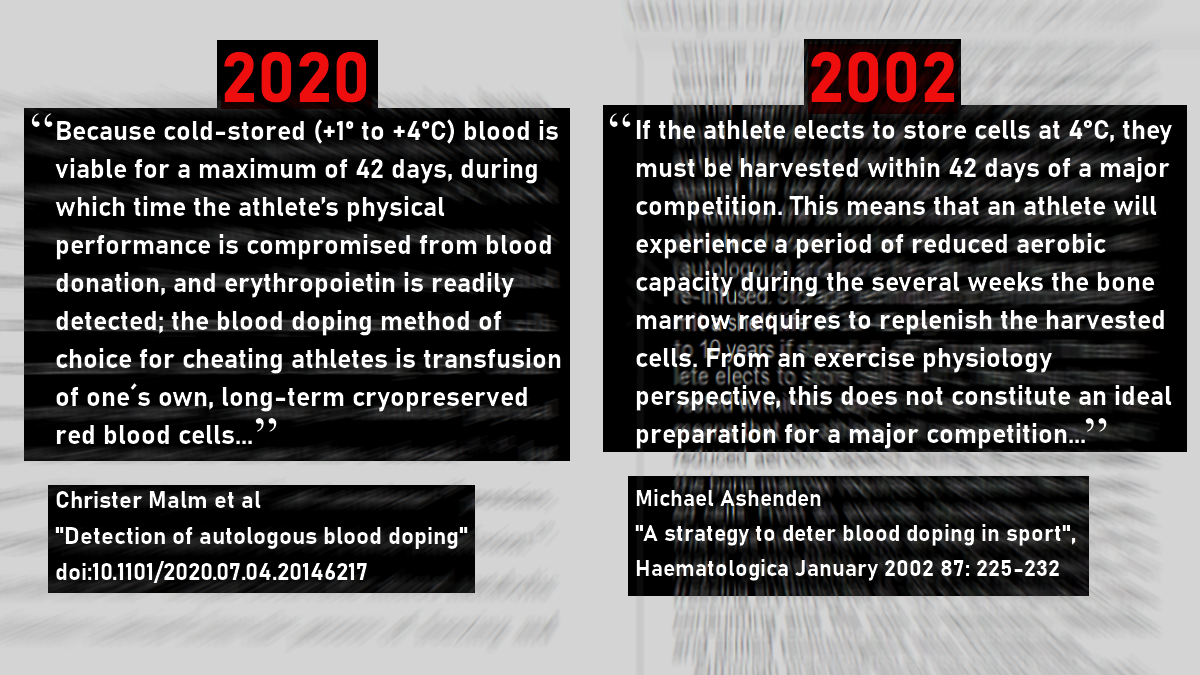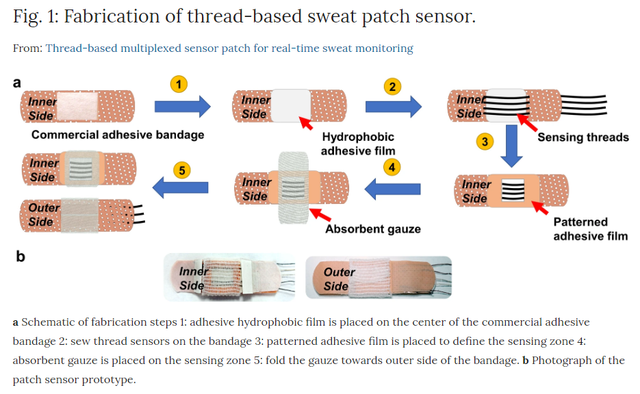The post itself is a big if and is meant to be taken as such. That said, playing hypotheticals, Parisotto
said:WADA are not exactly supportive of looking at other matrices. This is from an ExCo meeting in 2019:There have been some studies that looked at sweat, such as
this, but the collection issue seems to be the first stumbling block.
Does this have the potential to replace blood and urine? No it does not, for the simple reason that there are fewer markers present in sweat (
this paper lists them as " the opiates, buprenorphine, amphetamines, gamma hydroxybutyrates, cocaine, and cannabinoids"). Does that mean there is no potential application here should the Tufts people get this thing across the line? No. The UCI currently uses DBS for pre-race Tramadol testing. Depending on the markers present in sweat maybe it is possible that limited applications could present themselves.
All that said, I'm not betting any money on this developing into anything. It's a whole train of ifs.







